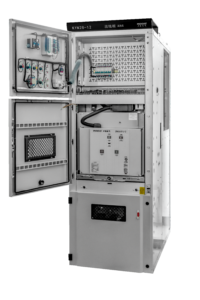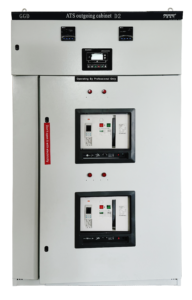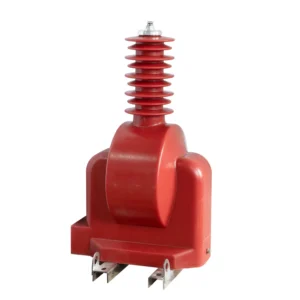The copper loss is high in a distribution transformer.
Distribution transformers typically have a high voltage winding with a large number of turns and a low voltage winding with fewer turns. This results in the low voltage winding having a higher current flow compared to the high voltage winding. Since copper loss is proportional to the square of the current (I^2R), the higher current in the low voltage winding leads to greater copper loss.
Copper loss, also known as load loss or winding loss, is caused by the resistance of the transformer windings. As current flows through the windings, it encounters resistance, generating heat and resulting in power dissipation. This power dissipation is the copper loss, which is a major contributor to the overall losses in a transformer.
In contrast, the iron loss or core loss in a distribution transformer is relatively low. Iron loss consists of hysteresis loss and eddy current loss, which occur in the transformer’s core due to the alternating magnetic flux. Distribution transformers are designed to operate at lower frequencies (50 or 60 Hz) and have cores made of laminated silicon steel, which helps minimize iron losses.
While both copper loss and iron loss are present in transformers, the copper loss is the dominant loss component in distribution transformers due to the high current in the low voltage winding.



